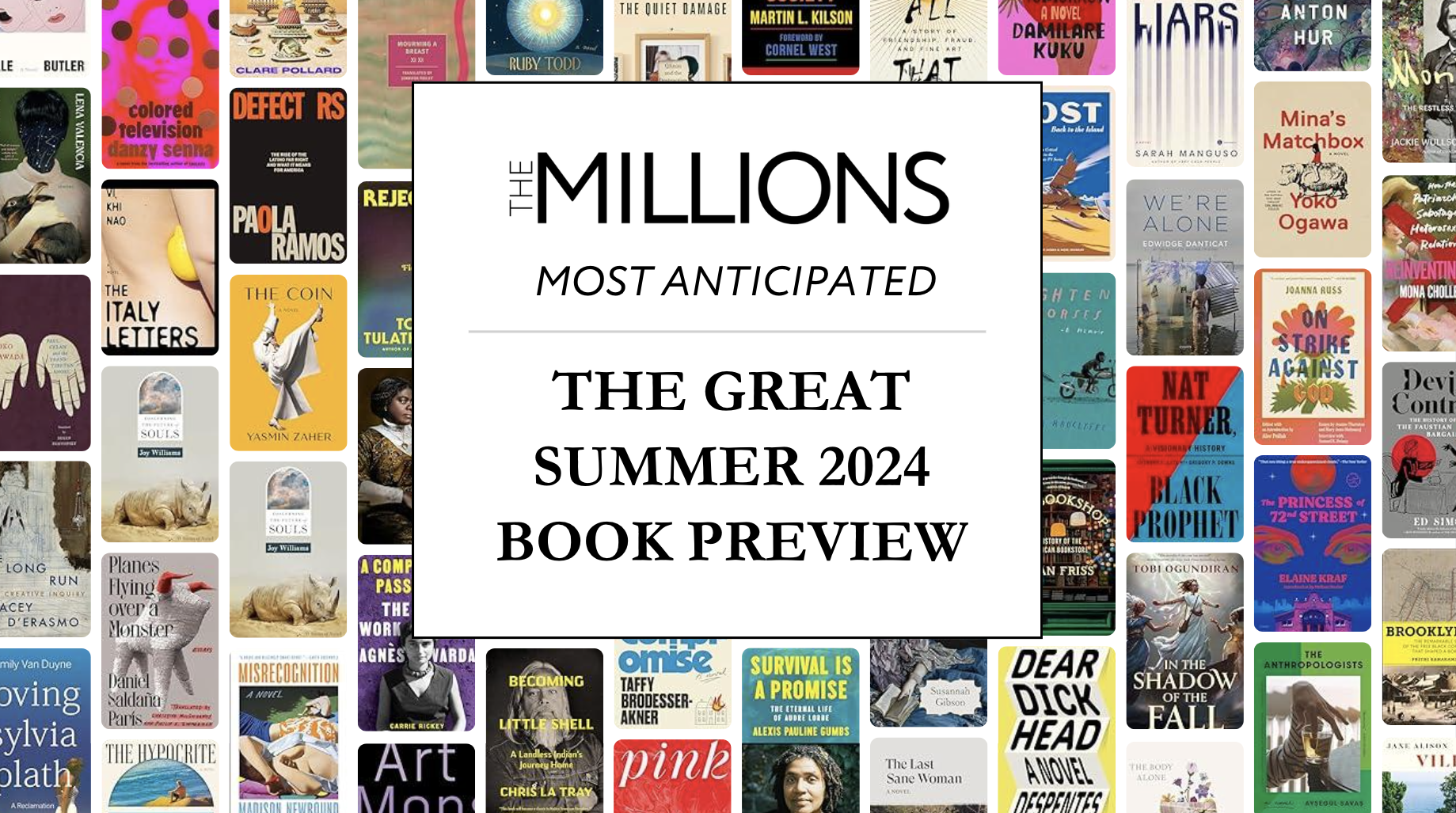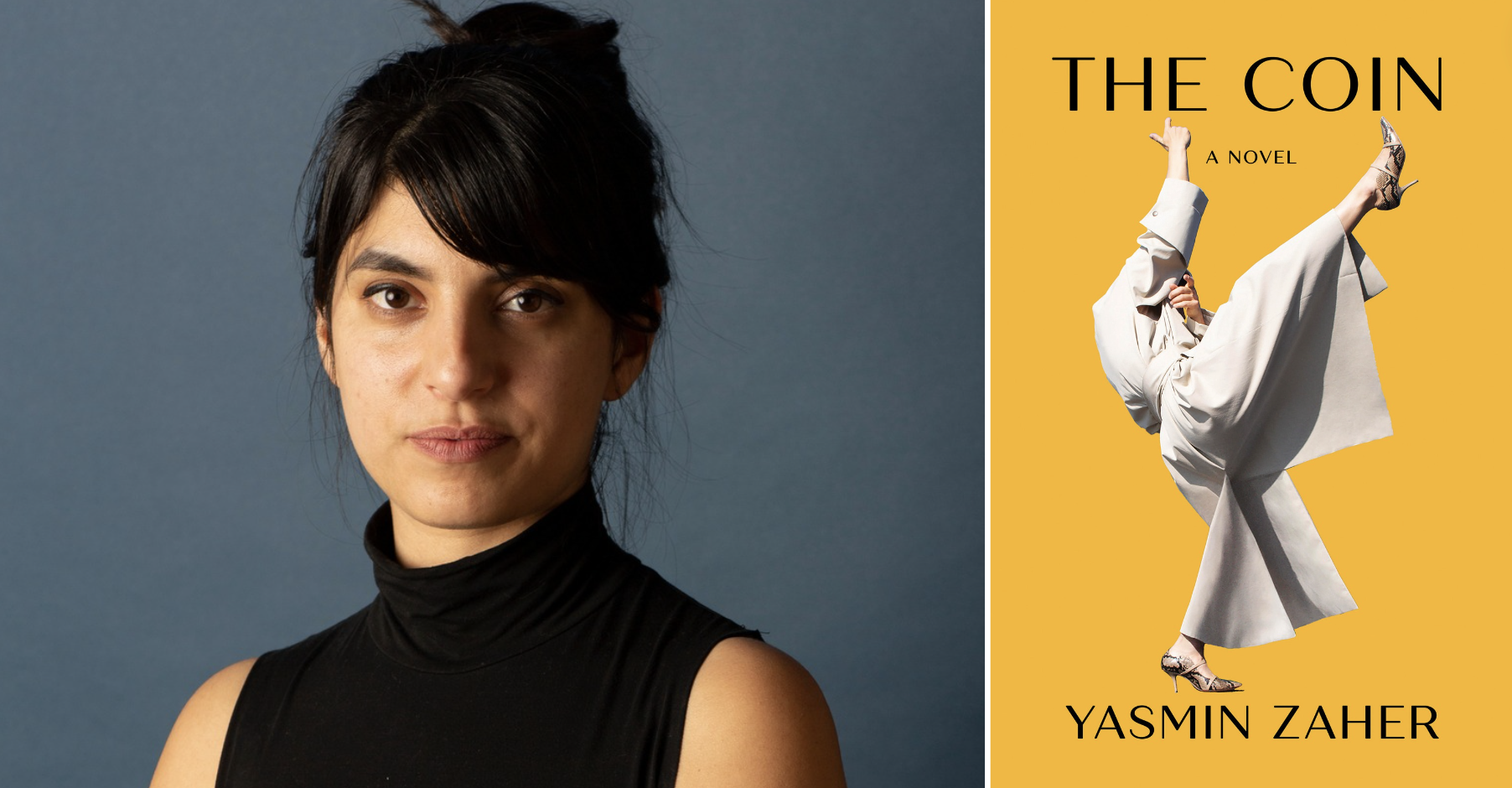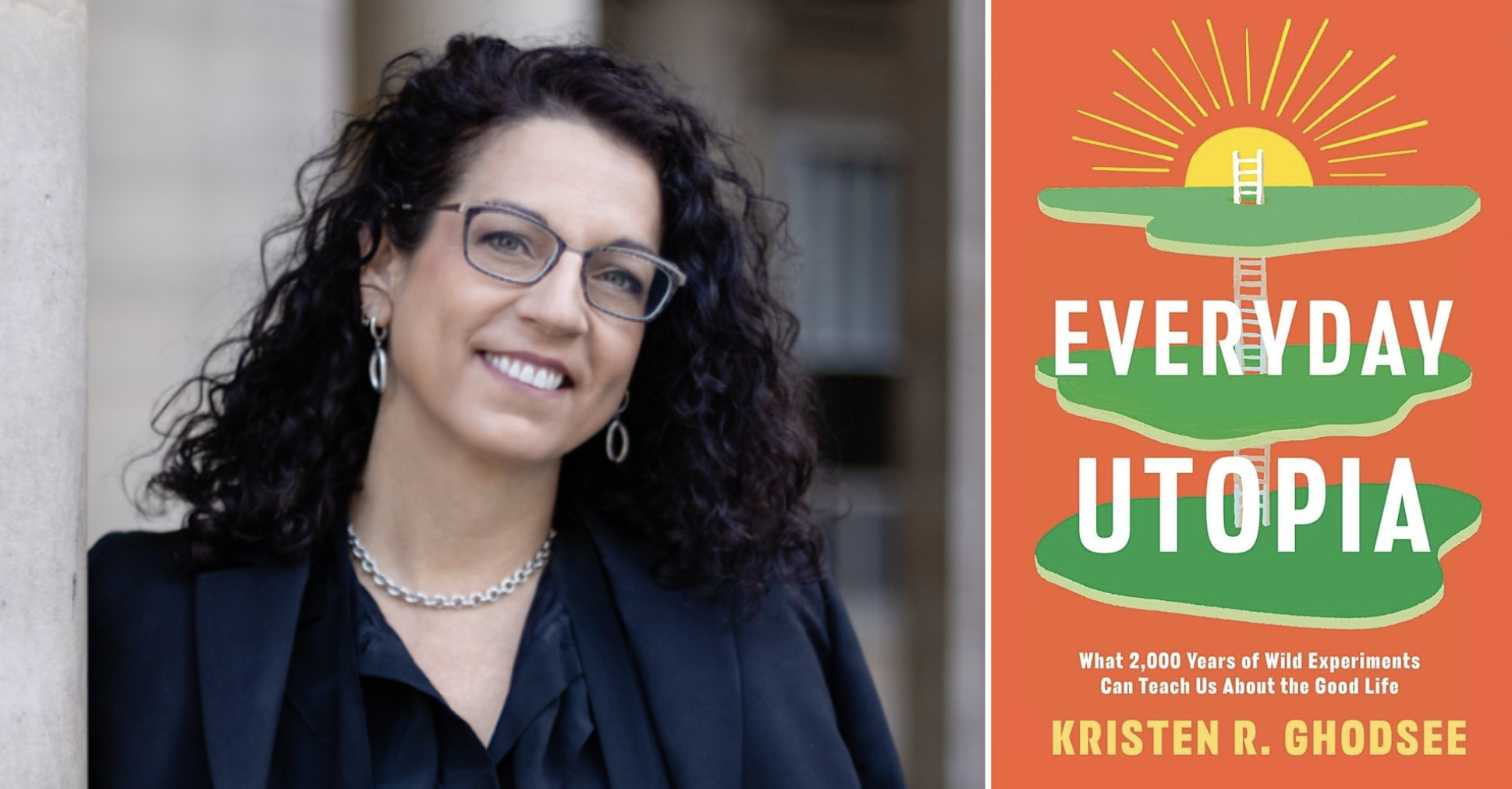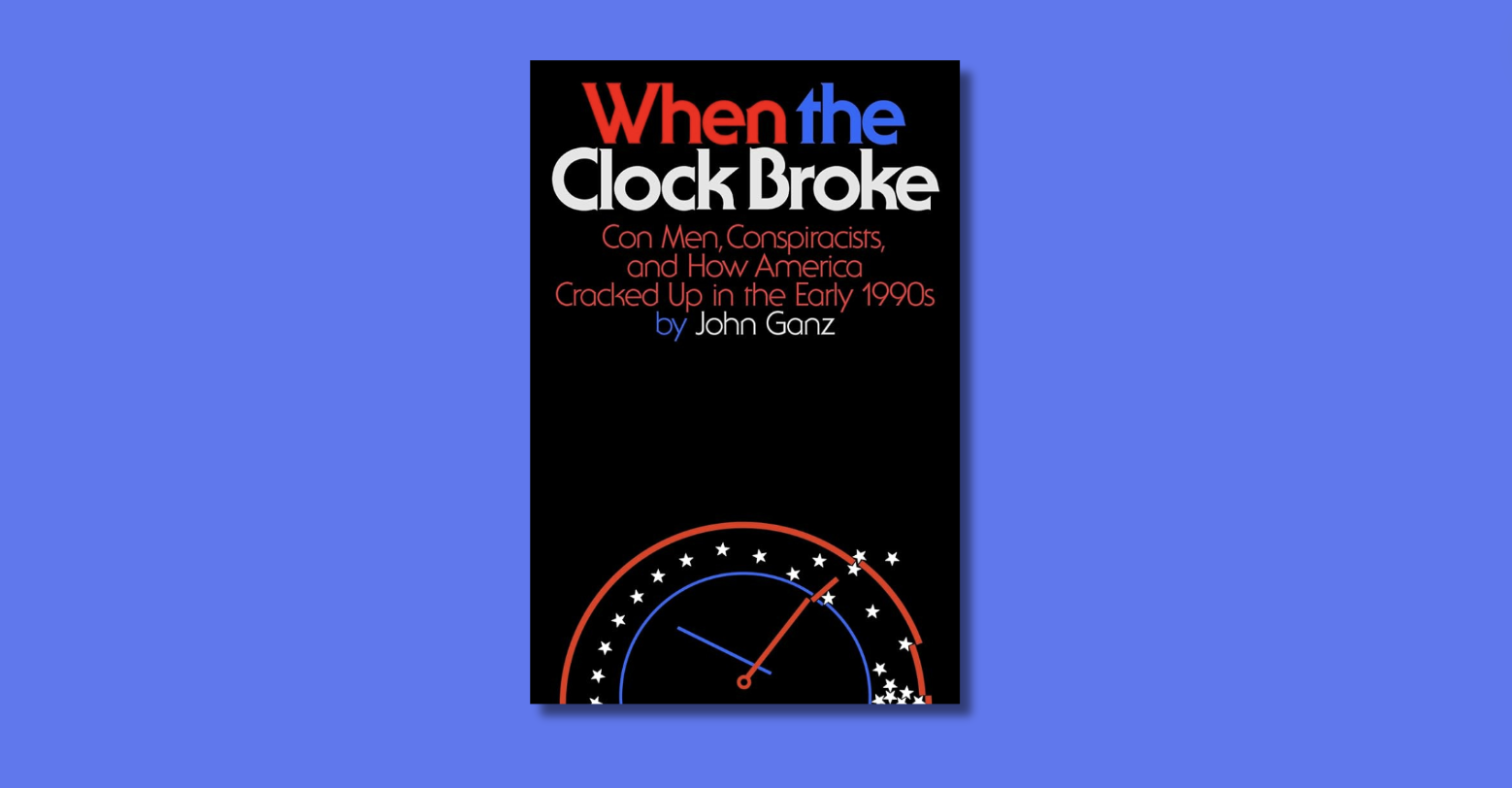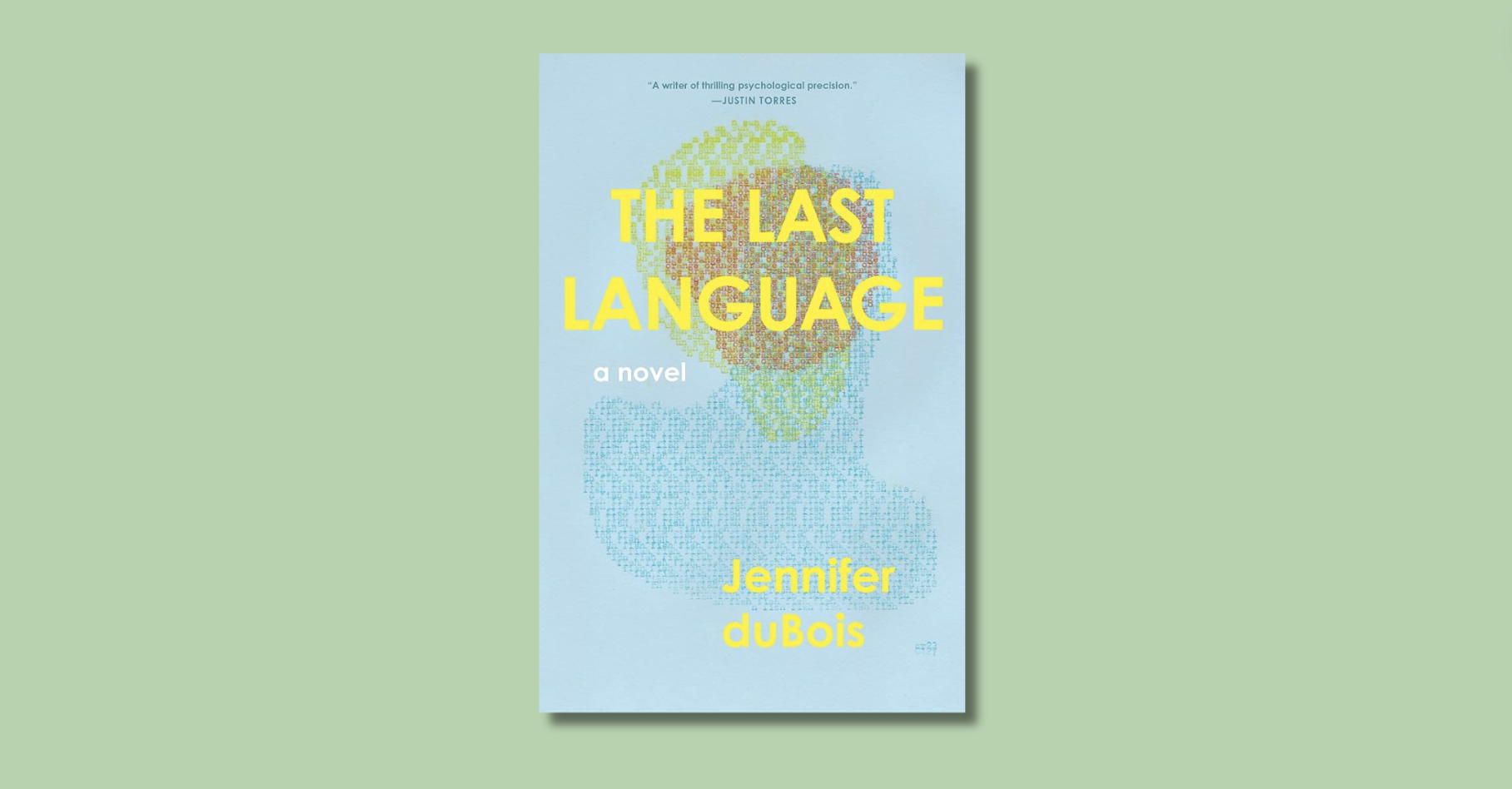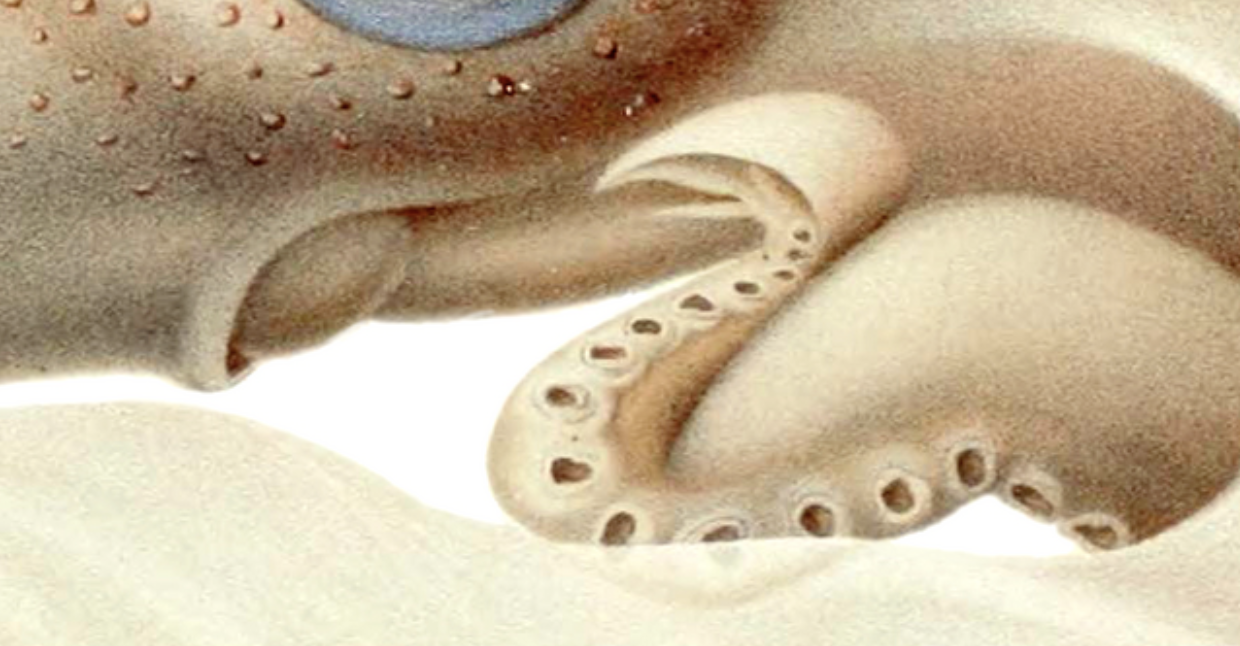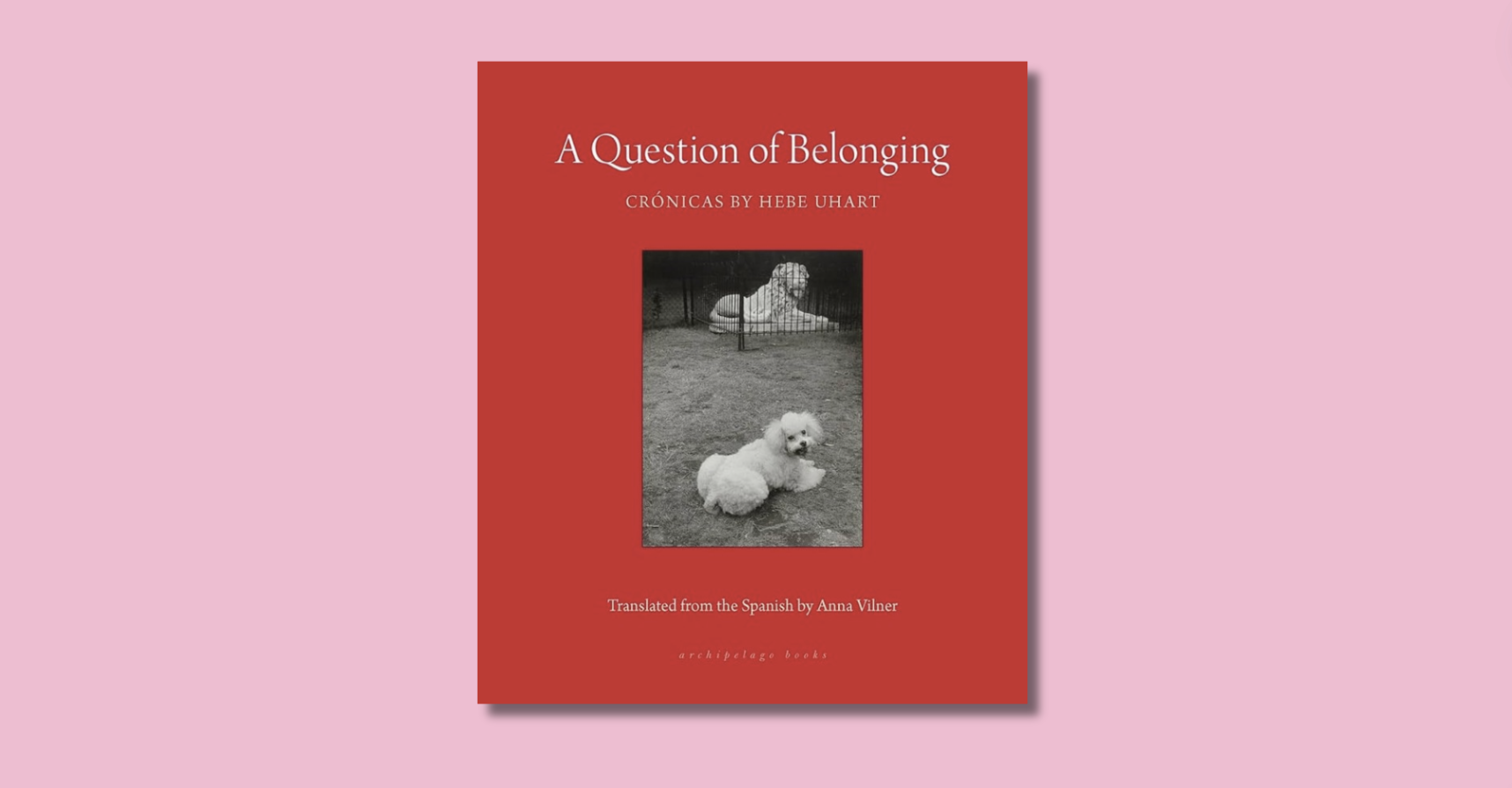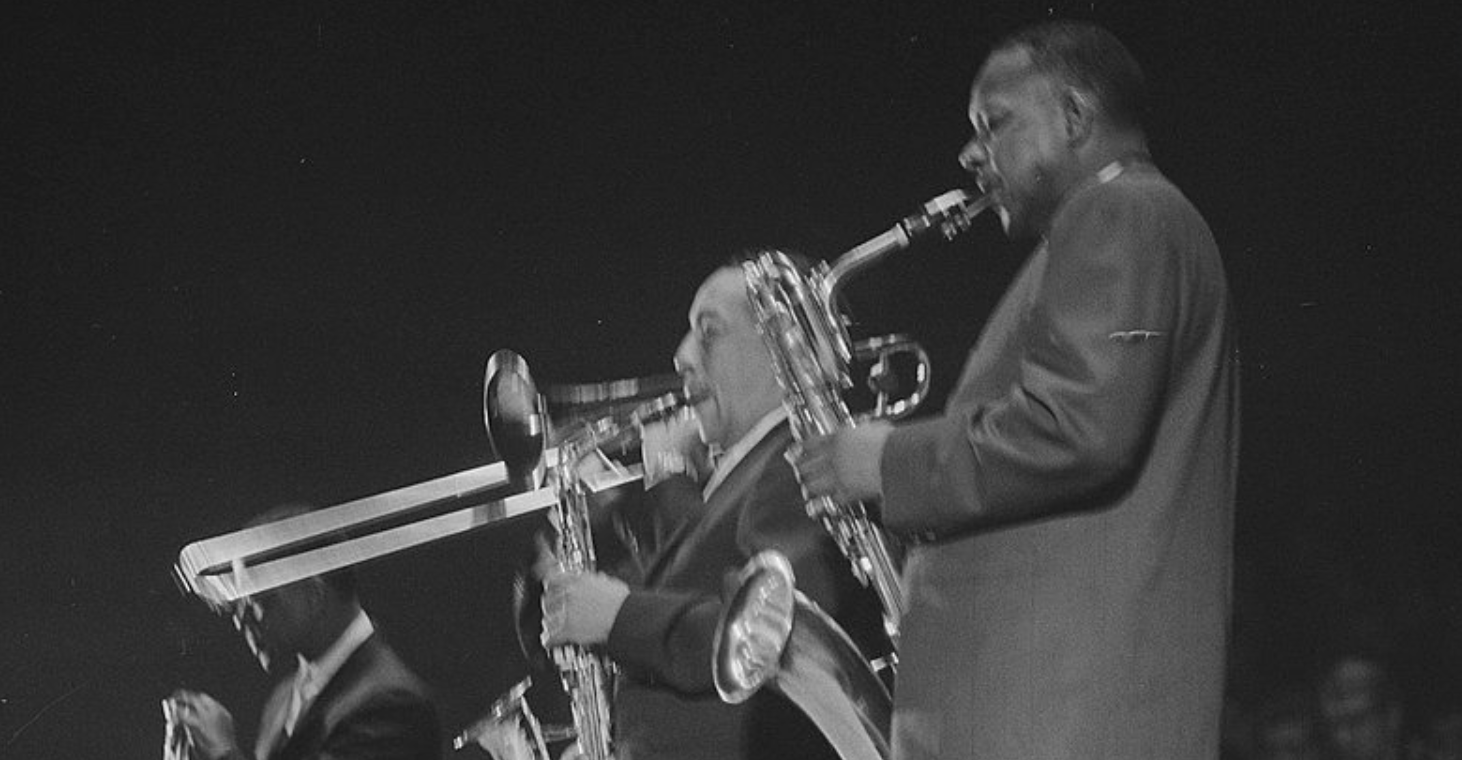There are two kinds of novelists, the peckish and the ravenous: those who fastidiously nibble on the pie of human experience (Jane Austen), and those who gorge themselves on its hearty filling (Emily Bronte). (There are also two kinds of pies, but no matter.) I first started making such judgments after a sharp hunger pang interrupted my reading of Chad Harbach’s MFA vs. NYC: The Two Cultures of American Fiction. Reaching for a half-eaten pastry in the refrigerator, I had stumbled upon the elusive truth: at some point, every writer lands on one side of an aesthetic divide, or as Zadie Smith puts it, travels down one of two paths for the novel.
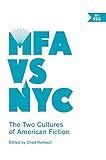 Once possessed of this key classificatory insight and another slice of pie, my literary splicing continued apace. Alice Munro, it struck me, is a hypoallergenic writer, while Joyce Carol Oates is a shedding one; J.K. Rowling a perennial novelist, Robert Galbraith a seasonal one; Cormac McCarthy a novelist who neglects to contact one-night stands after a passionate night of lovemaking, Tom Wolfe one who sends each conquest a handwritten note on monogrammed paper; Salman Rushdie Team Jacob, and Cynthia Ozick Team Edward.
Once possessed of this key classificatory insight and another slice of pie, my literary splicing continued apace. Alice Munro, it struck me, is a hypoallergenic writer, while Joyce Carol Oates is a shedding one; J.K. Rowling a perennial novelist, Robert Galbraith a seasonal one; Cormac McCarthy a novelist who neglects to contact one-night stands after a passionate night of lovemaking, Tom Wolfe one who sends each conquest a handwritten note on monogrammed paper; Salman Rushdie Team Jacob, and Cynthia Ozick Team Edward.
John Banville is our most eminent bituminous novelist, whereas his fellow Irishman Roddy Doyle is one who has no idea what that classification means; Martin Amis is a novelist who pees standing up, Karen Russell one who pees in some other manner; and Jonathan Lethem is a novelist colloquially known in locker rooms as a grower, while Jonathan Franzen, the originator of the contract/status writer dichotomy, is by all accounts a shower.
Surveying the gluttonous mess I had made, I revised my theory to distinguish between prim novelists (Woolf, Forster), never far removed from a napkin and a DustBuster, and Rabelaisian novelists, who chew with their mouths open, get crumbs stuck in their beard and leave various and sundry colorful stains on their manuscripts (Balzac, Nicholson Baker, if their copyeditors are to be believed).
Shutting off the kitchen light, I next reflected that novelists, like bulbs, come in two categories: the incandescent (Pynchon, Barth, Ellison) and the efficient (Marilynne Robinson, John Cheever, Teju Cole), those Energy Star LED certified wonders who are just as illuminating as their more brilliant versions. Should these categories prove too restrictive, a sui generis novelist like W.G. Sebald can in a crisis be compared to a lava lamp.
Having gone to bed still a little hungry but satisfied with my theorization, I heard a bump in the night, at which point I continued my conceptual cleaving. There are indeed two kinds of novelists, but appetite, manners or household appliances have nothing to do with it.
Rather, there are robust novelists (D.H. Lawrence), who announce their presence by busting down the front door of your literary consciousness to steal your electronics, and insinuating novelists (Willa Cather), who sneak in through a window after you’ve dozed off and raid your refrigerator.
Kept awake both by the threat of an intruder and a stiff neck — the result of my aggressive pie-eating — I made a useful distinction between the arthritic novelist, whose plot machinations creak like old bones (Dan Brown), and the lithe novelist, whose manipulations cannot but leave the reader in awe of their balletic grace (Kate Atkinson). When especially hungry, lithe novelists will teach insinuating novelists yogic postures in exchange for food raided from your fridge.
The body — its motions and its wants — is very important to novelists. There are those writers who prefer to dwell on the shapely rump of human carnality, and those who find inspiration in the fertile hillocks of the womanly breast; that is, there are ass-men and tit-men. And then there is Philip Roth, who is both an ass-man and a tit-man, the first writer since Shakespeare to so straddle the two categories.
And while it is common knowledge that characters can be flat or round, the distinction holds also holds true for novelists, particularly when said novelists become pregnant. (We need not revisit Randall Jarrell’s seminal analysis of innies and outies here, as that great critic’s conclusions primarily concerned the poetic temperament.)
Having dragged my own body to a coffee shop after a sleep-deprived night, I continued my bifurcations, this time in a frothier vein. Owing to the vagaries of evolution and animal husbandry, there are lactose intolerant novelists (Dostoyevsky) and those blessed few for whom a latte does not ruin an afternoon (Marguerite Duras).
Furthermore, there are those novelists often praised as daring or fearless (Claire Messud), less for their portrayal of searing emotional content than for their willingness to drink eggnog at holiday parties in spite of their digestive problems. Lily-livered novelists, by contrast, studiously avoid life’s hard truths in their fiction and heavy cream in their kitchen.
Strolling back with my (black) coffee, I noticed my overgrown yard. It struck me that as novelists spend much of their day watching the grass grow, it is only logical that they can be defined according to their landscaping technique. Thus Donald Antrim is a push-mower novelist, while Rachel Kushner is a ride-mower novelist; and Jonathan Safran Foer cuts grass with an artisanal scythe, as opposed to a writer like Tao Lin, who eats each blade like a ruminant. (NB: There is only one type of cow, but each has four stomachs, making them unlike novelists.)
As for the Brits, Evelyn Waugh was the kind of novelist to hire someone to cut his grass, and Kingsley Amis the kind who made his son do it. (Amis fils, if you recall, is one of those novelists who pees standing up, a direct result of his mowing-filled childhood.) V.S. Naipul used pesticides, while Muriel Spark could weed a lawn with one withering look.
The connection between proper lawn care and prose style naturally led me to consider larger cosmological issues. Shifting my gaze from my cultivated garden to the stars, I concluded that there are so-called multiverse novelists (James Joyce, David Mitchell), whose many-stranded plots seem to intuit the mysteries of hidden realms, and then a horde of reactionary scribes who cling to the comforting universe model (George Eliot, John Updike). God is of course a writer unto himself and the most famous creationist novelist in history.
But alas, one cannot contemplate life’s great mysteries forever. It was time for my annual, disheartening reckoning with the IRS. Playing my usual coy games with TurboTax, I deduced that Saul Bellow was a novelist owing back taxes, while his good friend Richard Stern was one with nothing to declare but his genius; and that Faulkner was a novelist haunted by the past, while John Grisham is one who is well-invested in futures.
I write this now from the hospital after my appendix burst from excessive theorizing and audit anxiety, an unfortunate medical emergency which nonetheless led me to reflect on the difference between the vestigial novelist, who revels in the antiquarian (Sir Walter Scott), and the vital novelist, who writes because he has a pathological hatred of the tailbone (Ben Marcus).
After nearly 24-hours of intense thinking, I ruefully considered how hard it is for a novelist facing so many clear-cut choices. Laid up though I was in this antiseptic room, I took solace that at least I was only a critic, that endlessly classifying specimen whose depth, complexity, and fine gradations resist all neat distinctions.
Image source: Unsplash/Priscilla Du Preez.

